For decades, our idea of dinosaurs came mostly from skeletons and imagination.
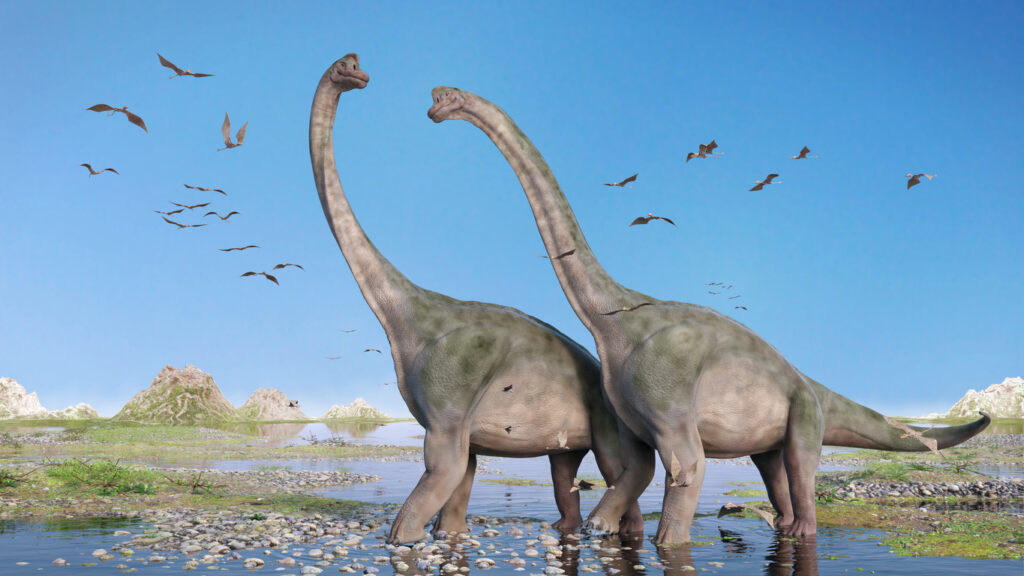
They roared, stomped, fought, and vanished, but the finer details of how they actually lived were anyone’s guess. Fast-forward to now, and things look very different. With new scanning tools, computer modelling, and even fossilised traces we used to overlook, we’re finally getting a better picture of how these creatures behaved in the real world. As it turns out, they weren’t just giant lizards wandering around roaring at each other—they were social, strategic, sometimes even gentle. Here are some of the dinosaur behaviours scientists are only just starting to understand, thanks to modern tech.
Some dinosaurs cared for their young.
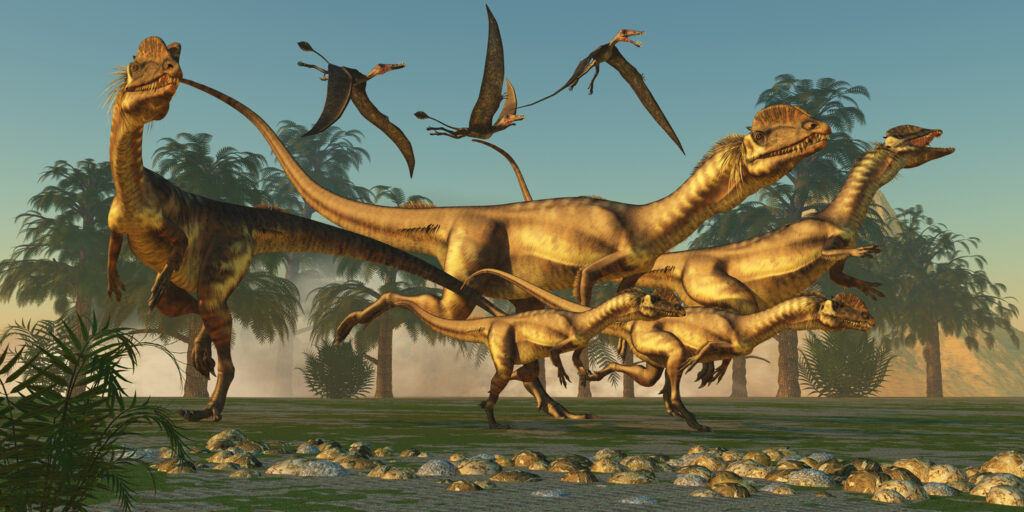
Fossilised nests and advanced imaging techniques have revealed evidence that certain dinosaurs, like the oviraptor, didn’t just lay eggs and leave. They stayed with their nests, guarding or even brooding like modern birds. Some fossils show adults sitting on top of eggs in a protective pose.
CT scans and 3D reconstructions have helped confirm these behaviours weren’t accidental fossil placements, but deliberate actions frozen in time. It’s a striking reminder that some dinosaurs had strong parental instincts—not unlike today’s birds.
Herding wasn’t just for mammals.
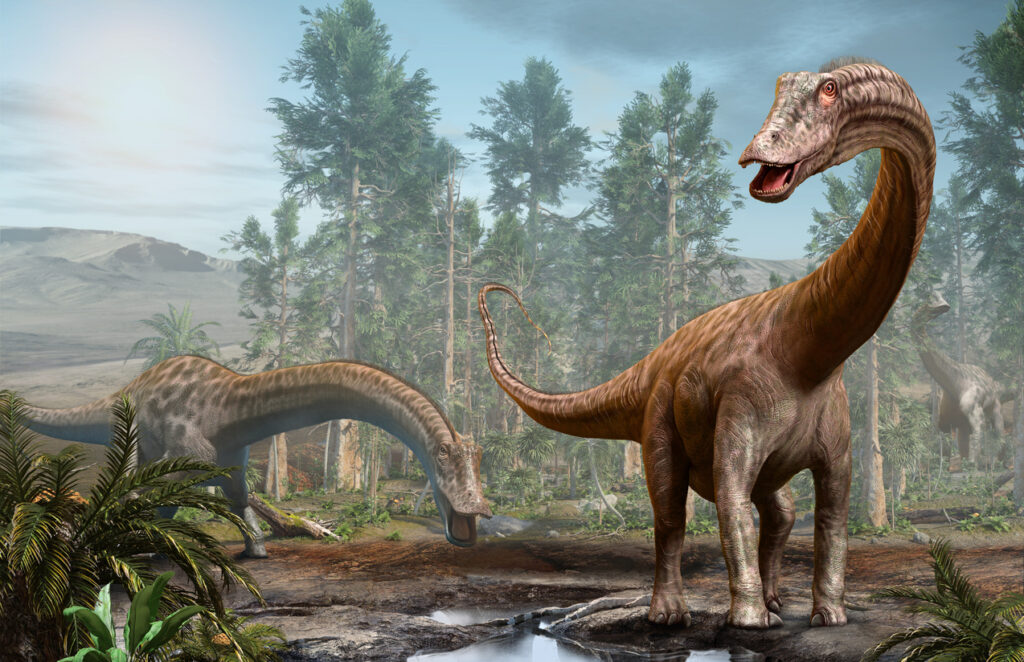
We used to think dinosaurs were mostly solitary, but now we know that’s far from true. Using satellite mapping and digital modelling of fossil sites, researchers have found trackways that suggest large groups of dinosaurs, especially herbivores, moved in coordinated herds.
What’s more surprising is that these herds weren’t just big adult groups. Some show evidence of juveniles and adults travelling together, hinting at complex social behaviour and possibly even family structures within the group.
Some species migrated long distances.
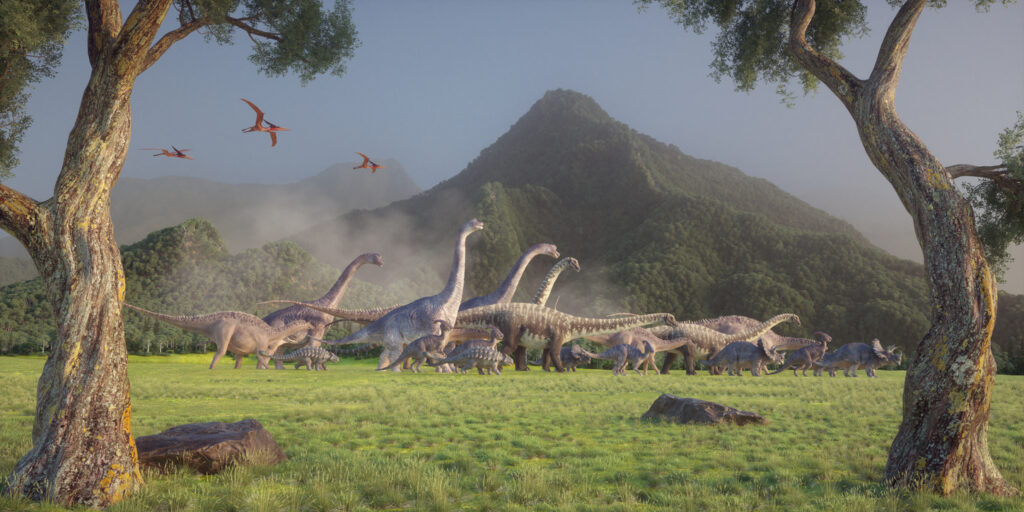
Through isotopic analysis of fossilised teeth and bones, scientists can now track where a dinosaur grew up and where it travelled during its life. This technology has revealed that some species, like certain sauropods, migrated across vast distances seasonally—much like modern caribou or elephants.
This kind of movement hints at a deep environmental awareness. Dinosaurs weren’t just roaming—they were navigating landscapes, responding to seasonal changes, and likely following food or water sources with surprising precision.
They may have used vocal communication.
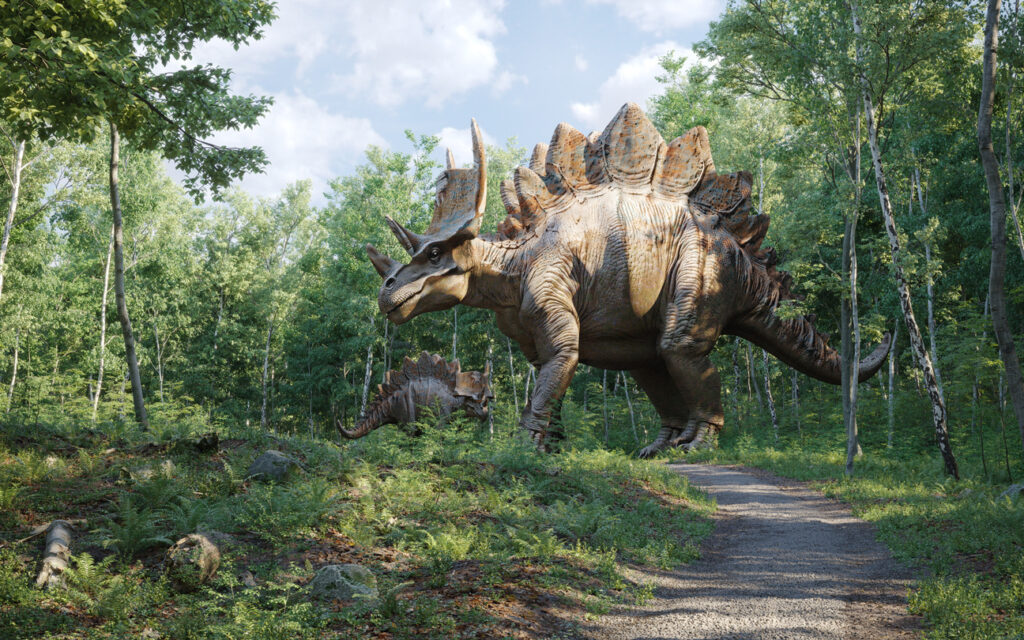
Dinosaurs didn’t have the exact vocal setups birds and mammals do today, but researchers have reconstructed certain skull and air cavity structures using CT scans, which suggest they made low-frequency sounds—similar to the deep rumbles of modern-day emus or crocodiles.
These sounds might have helped them communicate across long distances, especially in dense herds. It’s not the roaring Hollywood soundscape, but more like a deep hum or rumble you’d feel more than hear.
Dinosaurs likely performed mating displays.
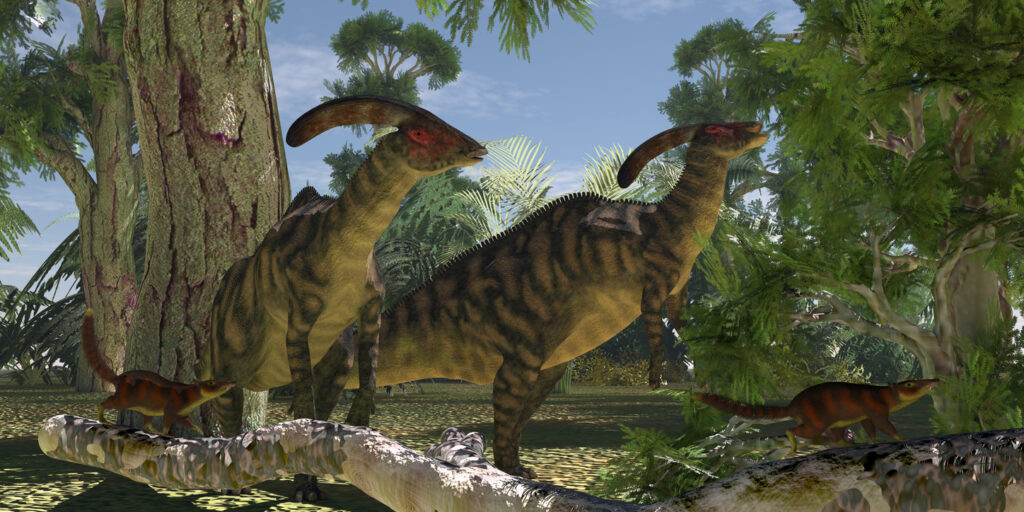
New fossil finds and digital reconstructions of tail feathers, crests, and even pigmentation patterns suggest some dinosaurs, especially the smaller theropods, engaged in flashy displays to attract mates. These displays may have included dancing, tail-flicking, or colour changes.
Infrared scanning of fossilised feather impressions and digital skin reconstructions now show how detailed and decorative some of these features were. It seems dinosaurs weren’t just about survival—they were also showing off.
Pack hunting may have been more common than we thought.
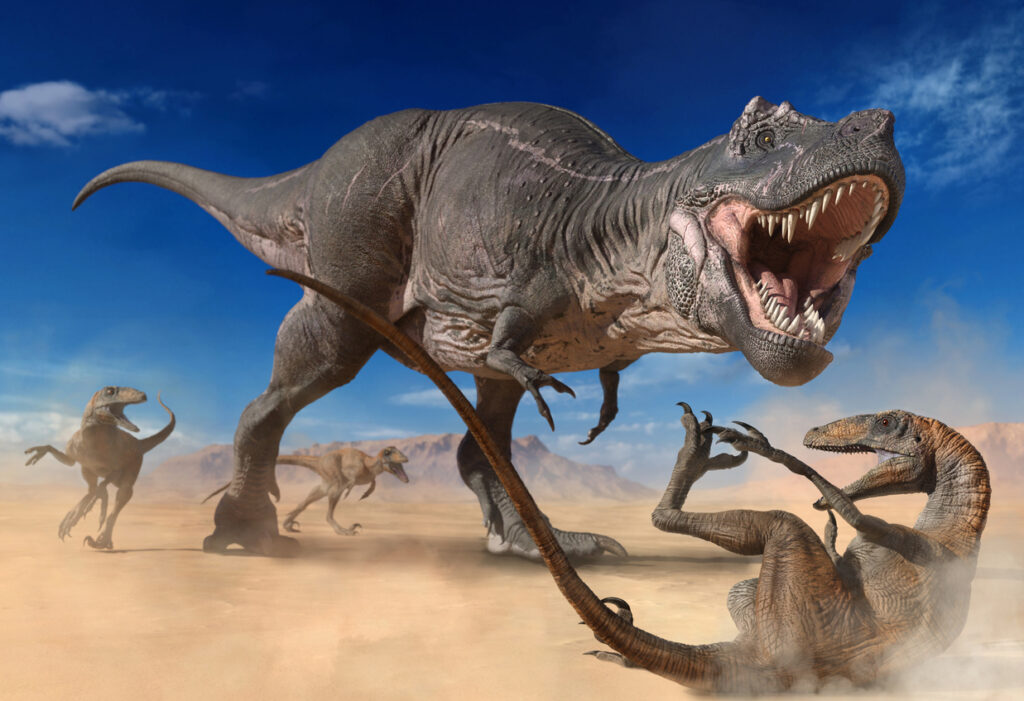
Behavioural modelling and fossil site reconstructions using AI-driven simulations have given new weight to the idea that some predators, like the dromaeosaurs (aka raptors), may have hunted in coordinated groups. Their brain and eye socket anatomy also suggests advanced coordination and spatial awareness.
It wasn’t just chaos when they went after prey. There may have been strategy, roles, and even ambush techniques. They weren’t just fast—they were smart, and possibly cooperative.
Feathers were used for more than flight.
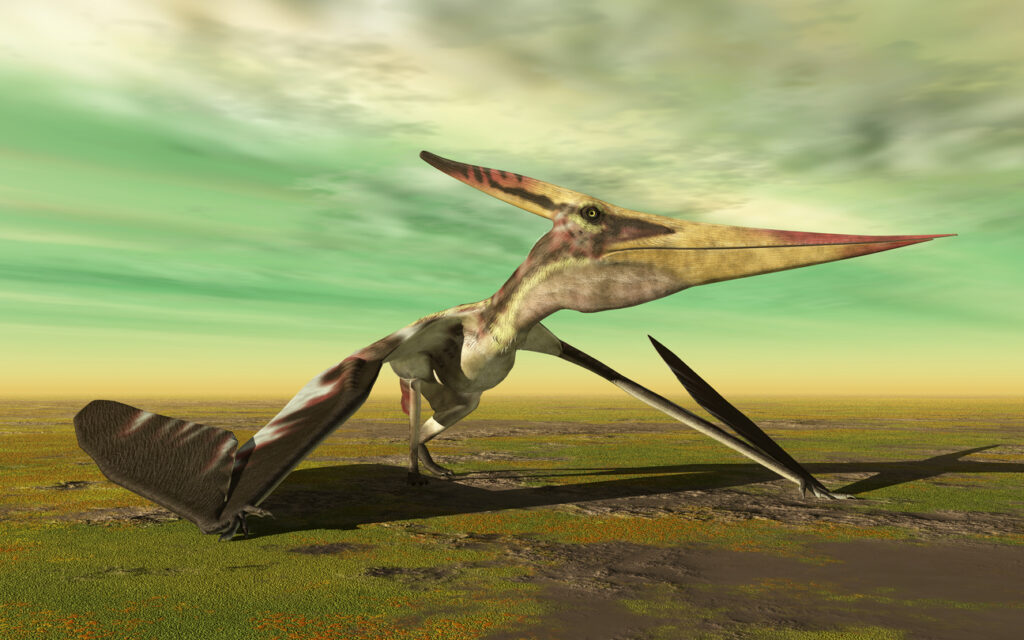
Feathered dinosaurs are no longer a fringe idea—they’re fully accepted now, especially among smaller theropods. But we now know, thanks to detailed electron microscopy and pigmentation analysis, that these feathers weren’t always for flying.
They likely played roles in temperature regulation, camouflage, and visual communication. Some even had iridescent colouring, similar to modern hummingbirds. These creatures weren’t just scaly and dull—they were dynamic and visually expressive.
Dinosaurs may have slept like birds.
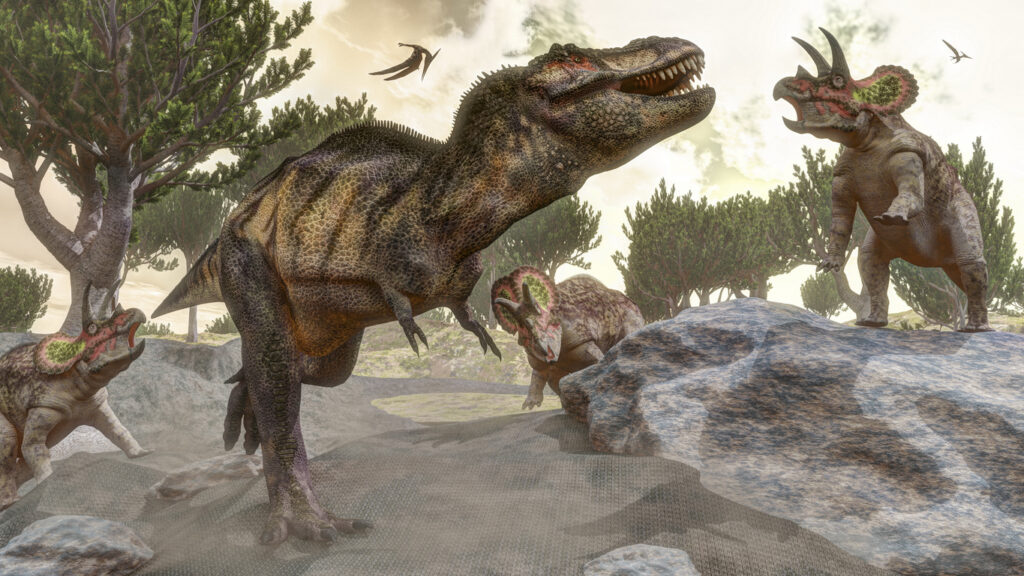
One remarkably preserved fossil shows a troodontid dinosaur curled up in a position almost identical to a sleeping bird—head tucked under its forearm, tail wrapped around its body. High-resolution scanning of this fossil has shown it wasn’t a fluke; the position is consistent with rest.
This suggests dinosaurs may have developed sleep behaviours that carried over into modern birds—right down to the way they tucked in for safety and warmth. It’s another thread connecting the past to the present in ways we hadn’t expected.
Some were surprisingly good swimmers.
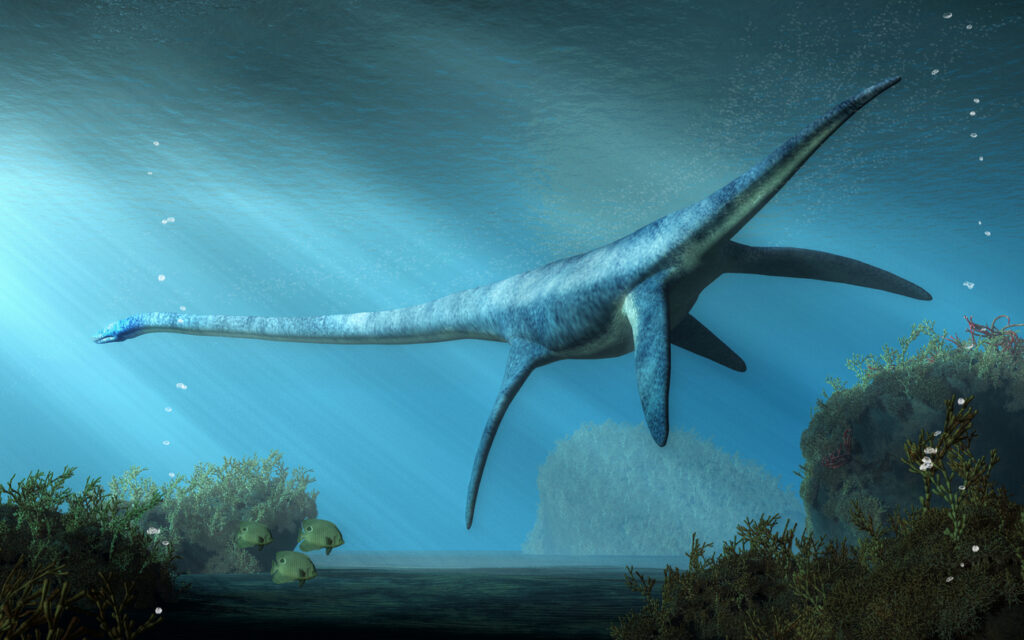
Ripple marks, digital fossil analysis, and biomechanical modelling have shown that certain species—like Spinosaurus—were likely semi-aquatic. It may have used its powerful tail for swimming and even hunted primarily in water. This challenges the long-held belief that dinosaurs were strictly land-dwellers. Now, thanks to 3D modelling of limb bones and tail mechanics, we’re seeing a picture of a creature just as comfortable in rivers as it was on land.
Nesting habits were more complex than once thought.
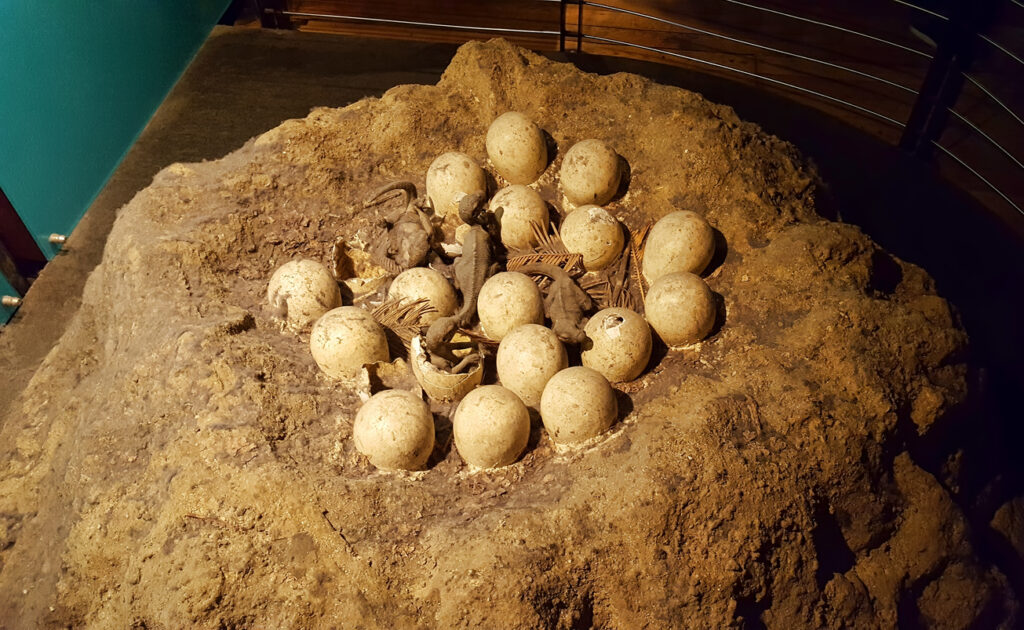
New ground-penetrating radar tools and microfossil analysis around nesting sites have shown that some dinosaurs returned to the same nesting grounds year after year. They even constructed nests with particular orientations, possibly to regulate temperature using sunlight.
This kind of planning shows intelligence and environmental awareness. They weren’t just laying eggs and moving on—they were selecting and shaping their nesting sites with purpose.
Dinosaurs used display structures for identity.
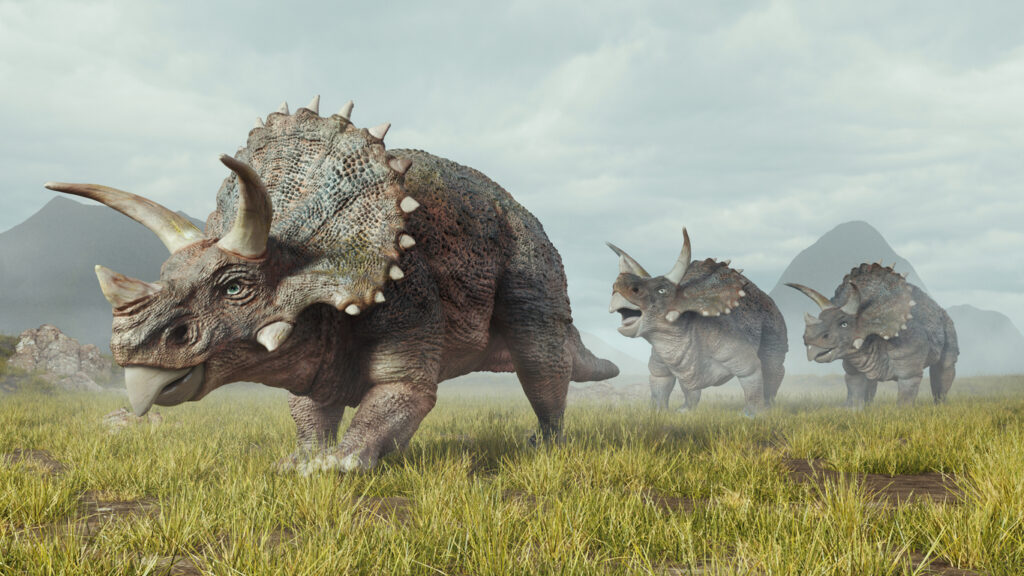
Structures like crests, horns, and domes were once thought to be used only for defence or combat, but digital modelling and finite element analysis have revealed they were often too fragile for fighting. Instead, they were likely for visual communication and individual recognition.
It’s likely that some dinosaurs used these features the way deer use antlers or birds use plumage—to show off, to identify one another, and possibly even to maintain social order within groups.
Some had surprisingly strong emotional bonds.
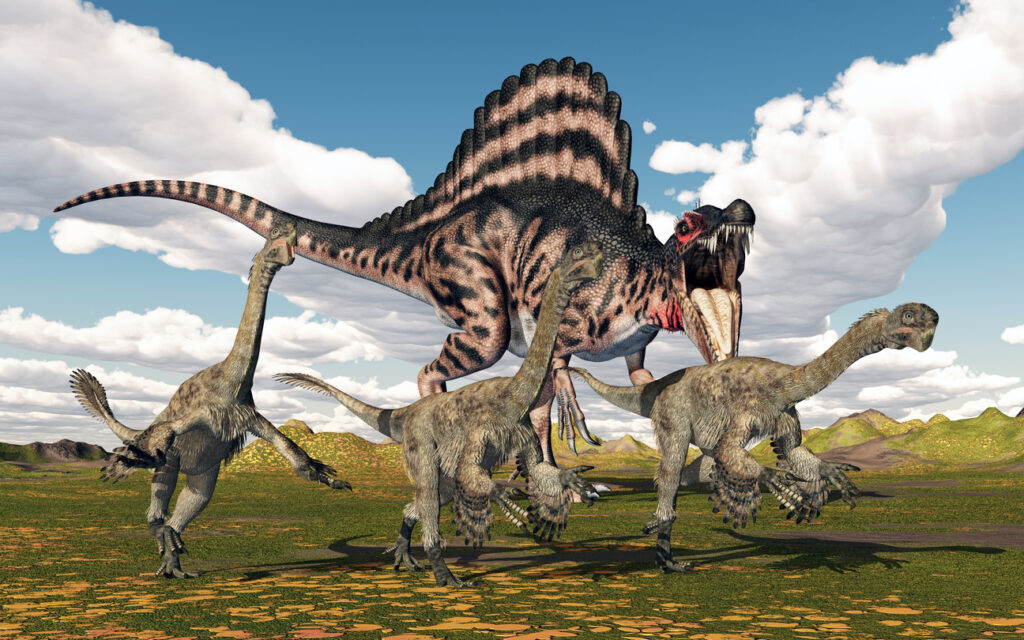
Fossilised pairs of dinosaurs found resting together, along with trackways showing two or more individuals moving side by side consistently, hint at the possibility of long-term social bonds. 3D mapping of bone wear and joint condition also shows older individuals might have been cared for by their group.
This kind of social structure was once unthinkable in dinosaur research. But with newer tech offering more detail, it’s starting to look like some dinosaurs had deeper connections than we assumed.
Prehistoric parenting included community protection.

In some fossil sites, baby dinosaurs are found grouped in what appear to be communal nurseries. Scanning of bone growth and analysis of nesting arrangements suggest adults may have taken turns guarding or caring for young, not just their own offspring.
This opens the door to the idea of cooperative parenting, where dinosaurs worked together to raise the next generation. Far from being cold-blooded and indifferent, these communities might have been surprisingly nurturing.